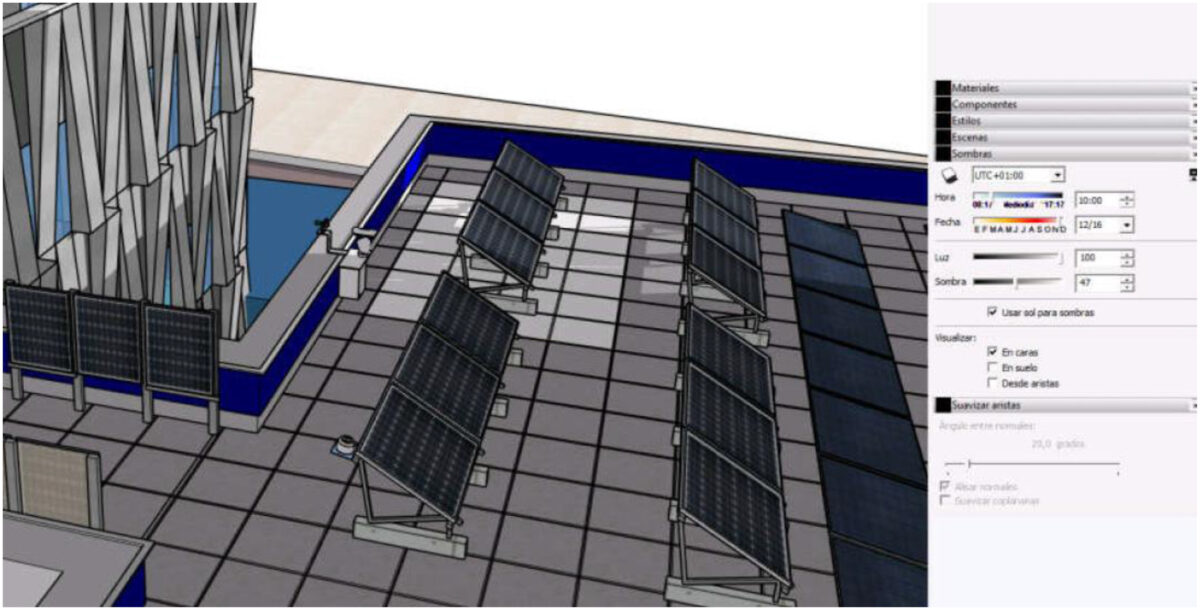An Algerian-Spanish research team has looked at how cool roofs (CR) could help increase power yield in bifacial rooftop PV systems and has found that the proposed combination offers higher energy yields than bifacial counterparts deployed on conventional roofs.
The scientists explained that cool roofs are roofs made of highly reflective coatings with a high emissivity in the thermal infrared. “They are normally used on building roofs because they lower their temperature compared to corresponding roofs without the coating,” they said. “They have been shown to significantly reduce the energy required for cooling buildings and the heat island effect in urban environments and can offer economic benefits.”
These roofs are based on coating materials with high reflectance properties, which the researchers said increases the radiation received at the panels’ backside.
The group tested its new approach on the test bench located on a building in Barcelona. The installation comprises four PV systems, each consisting of three bifacial PV modules connected in series. The systems are a reference monofacial array, a bifacial array above a conventional floor, a bifacial array above a cool-roof-coated floor, and a bifacial array above the normal floor with other types of PV modules.
For all systems, the academics used 320 W modules from Chinese manufacturer JA Solar and 1.5 kW inverters from China-based Solax. The testing period ran from April 2020 to November 2021. During the winter months, the surrounding buildings cast shadows on the arrays.
Popular content
The analysis showed that the bifacial array above a cool-roof-coated floor achieved the highest energy yield.
“When a cool roof coating is used beneath the bifacial modules, PV production can be substantially boosted (+8.6%) compared to the monofacial solution, meaning an economic benefit about 18.3 €/kWp/year,” the group said. “Moreover, the [cool roof] coating can help reduce floor temperatures in unshaded areas during summer (−3.8 °C), potentially leading to significant energy savings in cooling the building.”
The scientists said that cool roofs could be either added to the floor of existing bifacial rooftop PV systems or used for new installations. “It is an already available market product with reasonable costs that offers dual advantages: increased energy yield and reduced building cooling consumption, both yielding economic benefits,” they concluded.
The researchers presented their findings “Experimental energy performance assessment of a bifacial photovoltaic system and effect of cool roof coating,” which was recently published in the Journal of Building Engineering. The research group is formed by academics from Spain’s research center Tecnalia, Algeria's Center for the Development of Renewable Energies (CDER), the Universitat Politècnica de Catalunya, and the University of the Basque Country.
This content is protected by copyright and may not be reused. If you want to cooperate with us and would like to reuse some of our content, please contact: editors@pv-magazine.com.



Which coating has been used?
Where can I buy it?